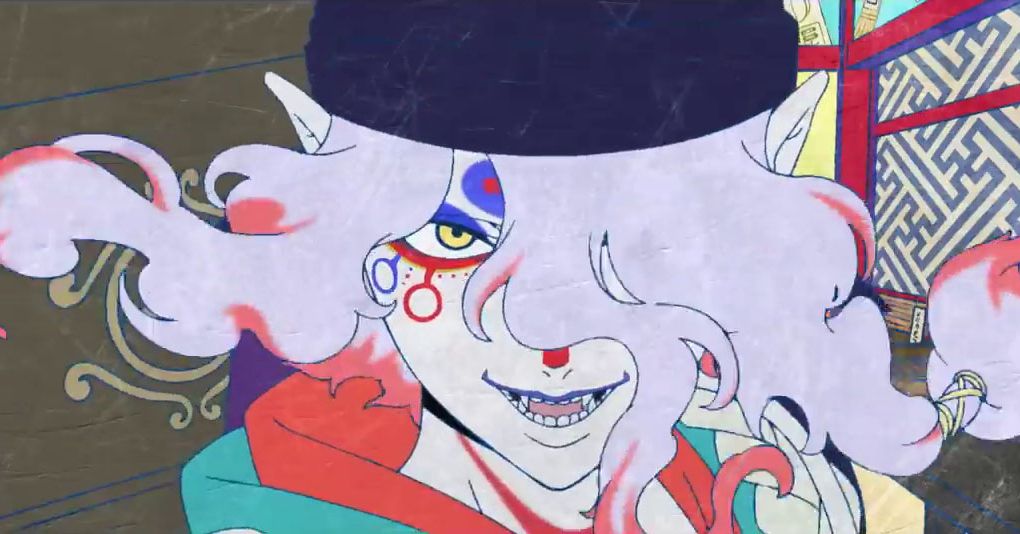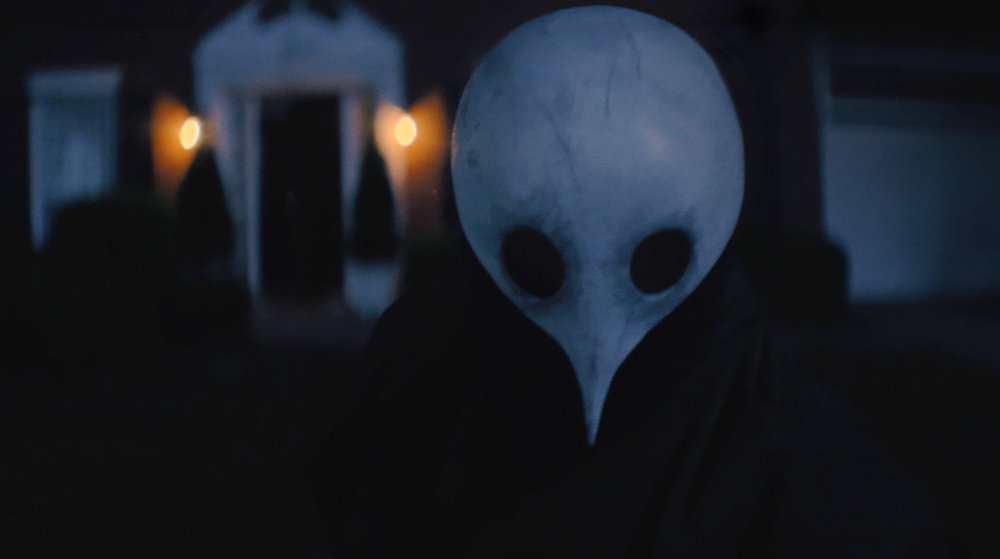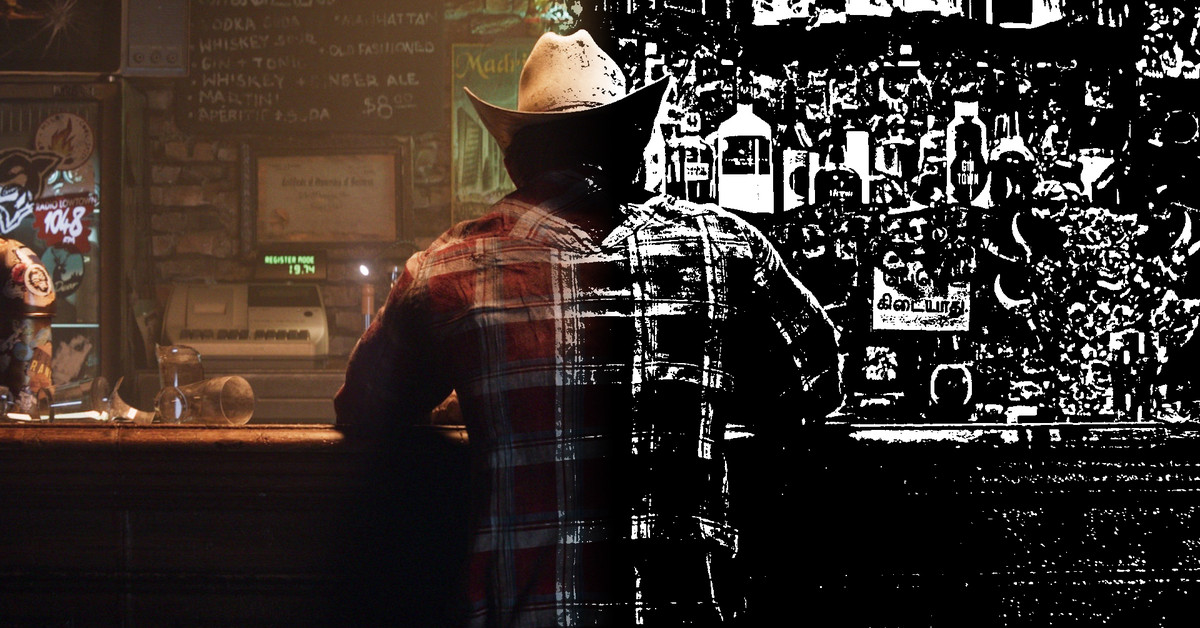Sofia Coppola brings a delicate touch to Priscilla, the A24 biopic of Priscilla Presley (née Beaulieu), who married Elvis Presley in 1967 and separated from him six years later. The movie runs out of steam in its final act, due to a scattered structure aimed more at tracing a real-world chronology than following character drama through to its most rigorous emotional outcomes. But until that point, it’s kept afloat by Coppola’s gentle conception of Priscilla’s story, which she unfurls through a pair of brilliant, alluring performances.
Priscilla feels like it’s descended from Coppola’s 2006 historical drama Marie Antoinette, which captures the French queen as a doll in an ivory tower. A similar approach in Priscilla sees its title character framed with fragility, as though Elvis might shatter her at any moment.
It plays like a rebuff of Baz Luhrmann’s Oscar-nominated 2022 biopic Elvis, in which the duo’s marriage is framed solely around Elvis’ experience, and the isolating effects of his growing fame. Their relationship weaves in and out of the tale of Elvis’ career, but without exposing how Priscilla was isolated from the world as well. Elvis also entirely glosses over a key detail that might’ve further complicated the icon’s historic legacy: When the couple first met in 1959, the King of Rock ’n’ Roll was 24 years old, and his eventual queen was all of 14.
:no_upscale()/cdn.vox-cdn.com/uploads/chorus_asset/file/25051120/D_00425.jpg)
Coppola’s movie has no such qualms about addressing their age difference. It’s based on Priscilla’s 1985 memoir Elvis and Me, and though Priscilla says she greatly enjoyed Luhrmann’s movie, Coppola’s version plays like a historical course correction in its artistic framing of events. She makes few alterations to Priscilla’s recollection of events, but each filmmaking decision is pointed, as if to not only expand on the limitations of Luhrmann’s Elvis, but to reframe Elvis Presley’s image in the public consciousness via an intimate look at his most important romantic relationship.
The two films take entirely different approaches to reality. Luhrmann’s Elvis is a zany acid trip bordering on camp, with Austin Butler portraying Elvis by throwing himself headfirst into the King’s iconic physicality. Priscilla, announced just after Elvis’ release, had been in the works for much longer, but it can’t help but exist in conversation with Luhrmann’s film, as it zeroes in on the gaps between Luhrmann’s wild, eclectic montages to present a more methodical character drama. That starts with Coppola’s pick to play Elvis: Jacob Elordi, as a more soft-spoken yet emotionally unpredictable version of the man, which fits her more naturalistic drama, just as Butler was a perfect fit for Luhrmann’s operatic vision.
But Coppola’s secret weapon is Cailee Spaeny, who she cast as Priscilla on the advice of Marie Antoinette star Kirsten Dunst. Standing at 5-foot-1, Spaeny is physically eclipsed by the 6-foot-5 Elordi, who towers over her in every scene. This height difference is far greater than that of the real Elvis and Priscilla, but Coppola uses it to her advantage, magnifying the age and experience chasm between them. Priscilla seems enamored by Elvis, and Elvis has a tenderness about him, but their differing sizes and the camera’s framing urges viewers to consider the dynamics Priscilla might not see, or that Elvis chooses to ignore.
:no_upscale()/cdn.vox-cdn.com/uploads/chorus_asset/file/25051126/Mawwaige.jpg)
The costume design is also a key factor in Priscilla’s trajectory, and it works in tandem with Spaeny’s performance. The film’s opening images are of a heavily made-up Priscilla — the way she eventually appeared to the rest of the world — in a scene that exists as if it’s outside of time, and solely within the public imagination. But this iconography has a story behind it too, which Coppola immediately establishes when she introduces viewers to 14-year-old Priscilla at the U.S. military base in Germany, where her father is stationed, near where she meets Elvis. Seated at a diner counter and reading a heavy high school textbook, she has the prim demeanor and posture of someone young and sheltered, a teen who hasn’t yet learned to rebel or chase after what she wants.
Spaeny portrays that emotional immaturity with a stunning physicality. As a stranger in uniform approaches her to strike up a conversation, towering over her the way Elvis does in the rest of the movie, silent alarm bells go off, as we’re urged to wonder why this adult man is speaking to a 14-year-old girl seated all by herself.
It turns out this man is one of Elvis’ friends, inviting Priscilla to come meet the King at a party at his private residence. It’s a glamorous, dreamlike proposition, but the subtle discomfort in Spaeny’s performance suggests viewers should be on edge, even though nothing overtly sinister comes of their conversation. Is this man some sort of predatory envoy, who knows Elvis “likes ’em young”? Or are his numerous attempts to convince Priscilla’s parents to let her attend Elvis’ party merely the graciousness of a fellow fan who recognizes that Priscilla is lonely?
Perhaps the truth lies in some uncomfortable middle ground, the way it does for Elvis himself. Elordi’s portrayal veers between knowing and conflicted about their difference in age and sexual experience. But the film doesn’t solve the mystery of whether his dilemmas are a performance for Priscilla. Coppola opts for the emotional uncertainty Priscilla herself might have felt whenever Elvis ran hot and cold with her.
:no_upscale()/cdn.vox-cdn.com/uploads/chorus_asset/file/25051131/A24_Priscilla_D_06089rt.jpg)
Spaeny’s embodiment of this uncertainty is marvelous. The film eventually loses its dramatic momentum, veering into vignettes and flashes from the duo’s later life. Coppola strings these together with an objective in mind, laying the path for the couple’s separation, but without laying out character trajectories or capturing the dilemmas behind their major decisions.
Even so, Spaeny’s performance is a vital dramatic linchpin. She strikes a careful balance between desire and trepidation. In Coppola’s wide shots of the couple in bed, Spaeny puts on a clinic of performance. Her gaze is enticing, as though her romantic and sexual motions come from the ways she imagines, or has been taught to think about, the adult world. But her hesitant body language creates a livewire tension in each intimate moment. Everything Spaeny does with her hands and feet serves a distinct emotional purpose, from nervous fidgeting to playful teasing.
In Luhrmann’s Elvis, Olivia DeJonge does a commendable job as Priscilla, but the script just asks her to play a stock Hollywood biopic type, the wife whose alternating doting and rejection helps illustrate the watermarks of a male genius’ career. In Priscilla, the duo’s relationship takes center stage instead, affording them equal dramatic weight even when they’re apart, and letting Spaeny and Elordi create living, breathing visions of these American icons in private moments behind the scenes.
Both of these films serve distinct purposes. Elvis arguably fulfills its formal obligations with more energy and aplomb. But with Priscilla, Coppola crafts a vital historical counter-narrative to the way Hollywood icons are canonized and revered. She does this not by demolishing Elvis’ iconography, but by zeroing in on its details, revealing the flaws in the many statues built in his name by training her camera on the inner life of his most vital counterpart. In the realm of mainstream fiction, Priscilla Presley seldom received her due — until now.
Priscilla opens in wide release in U.S. theaters on Nov. 3.






